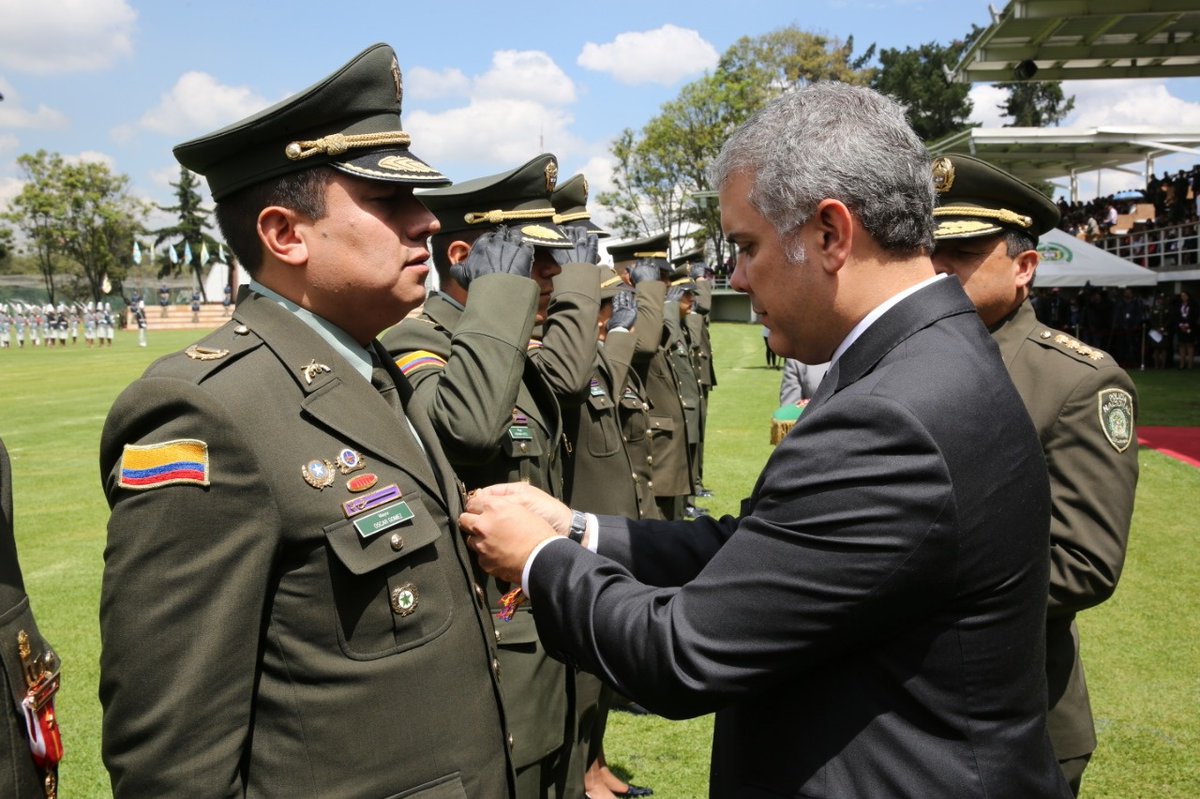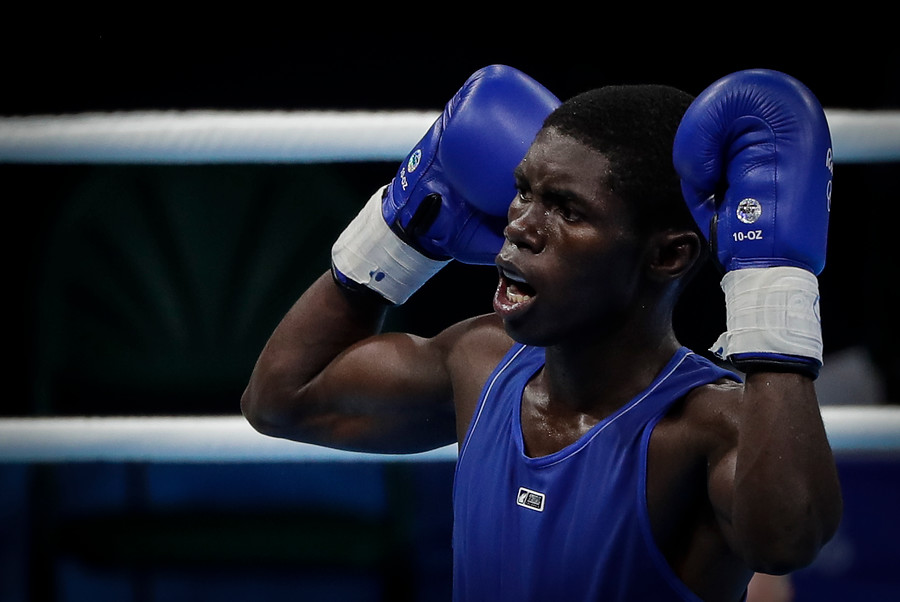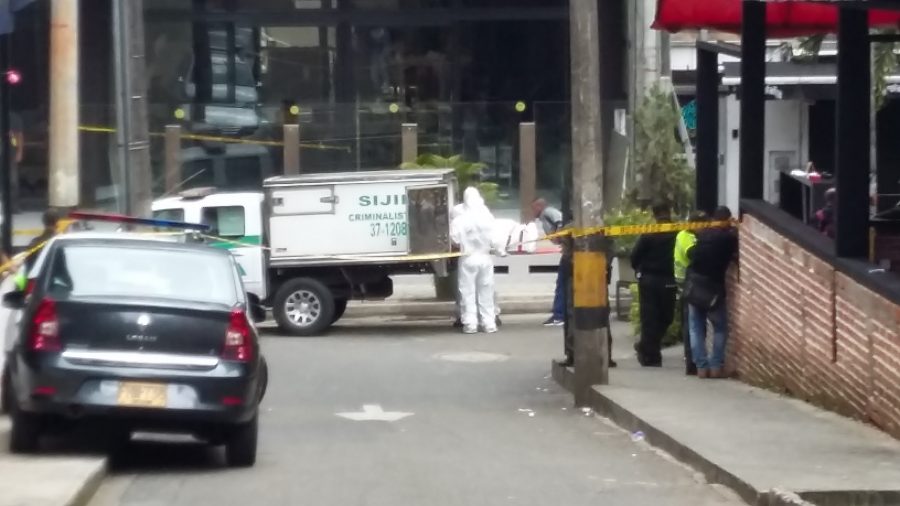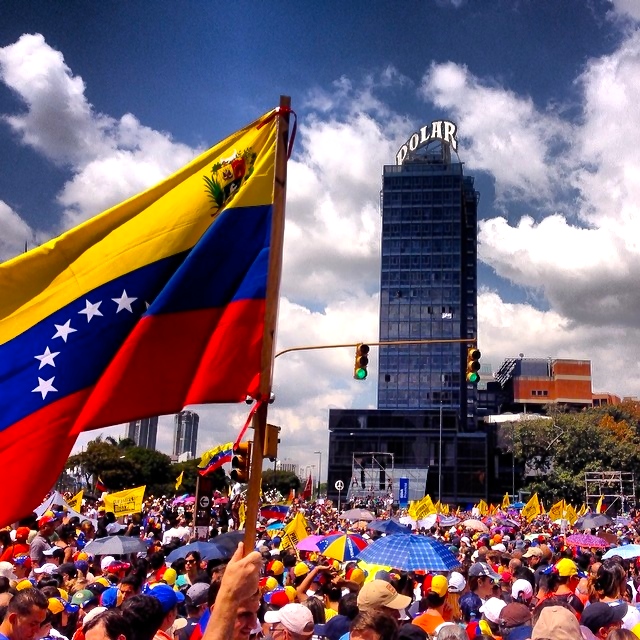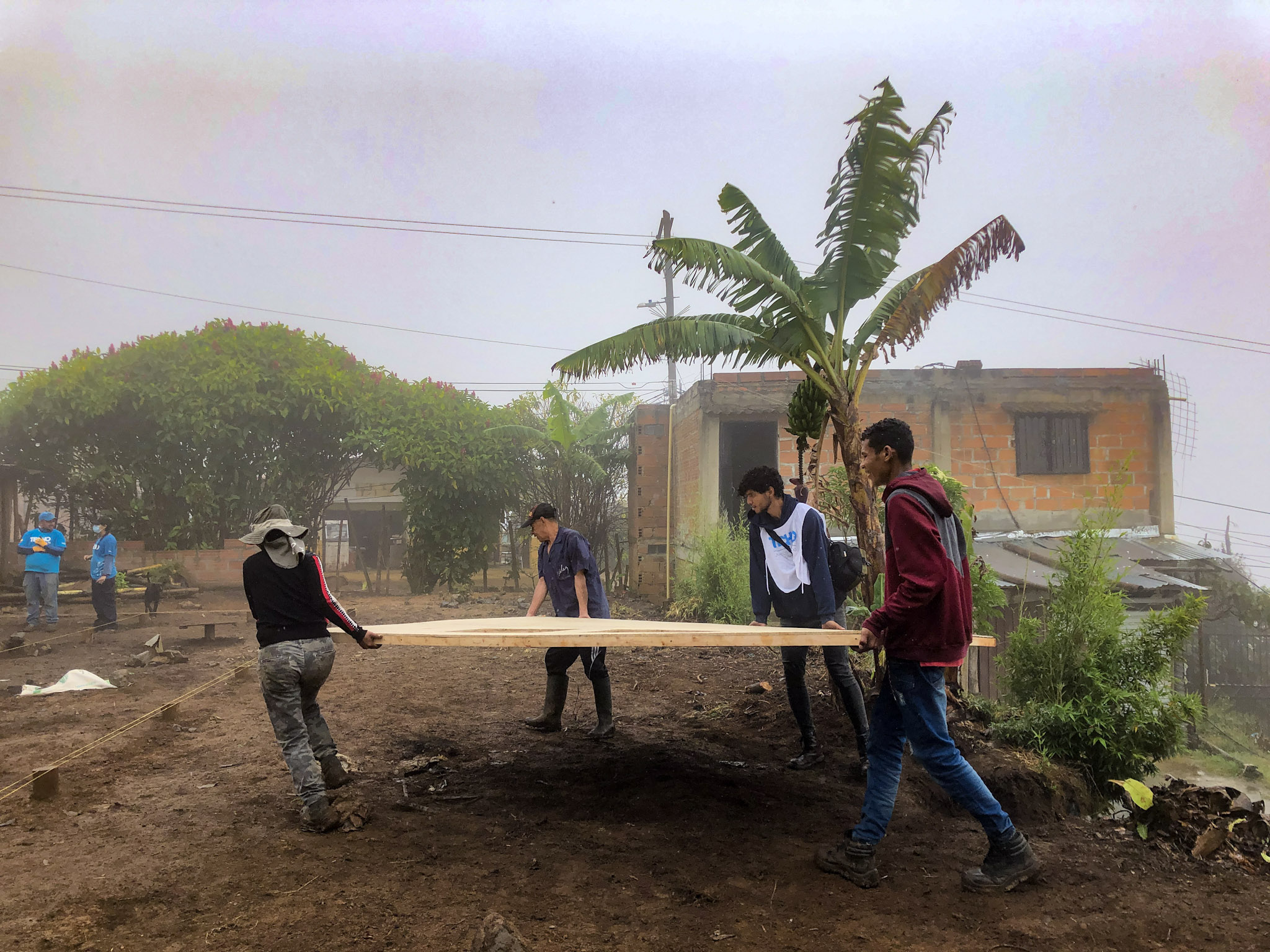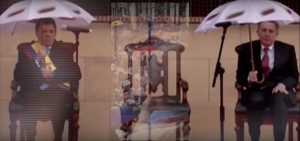
Still from La Negociación by Margarita Martínez. Image courtesy of La Negociacion Documental.
Margarita Martinez’s 90-minute documentary “La Negociación” shows the humanity involved during the peace process between the Government and the FARC in the words of the negotiators themselves. La Negociación is a must-watch documentary that will make viewers understand the complexities of the negotiations and the challenges that lie ahead. The so-called enemies of the process campaigned for Cine Colombia to cancel screenings. They failed.
You probably missed your local screening of “La Negociación”, as it only played in select Cine Colombia theaters for four days in non-commercial schedules (1:00pm and 3:30pm). The documentary is a careful and detailed rendition of the long process to negotiate an imperfect agreement between longstanding enemies, the government of Colombia and the Revolutionary Armed Forces of Colombia (FARC).
The documentary is a glimpse of the environment inside the negotiations. It shows moments of tension as delegations become stuck on discussions involving transitional justice and technical points on the weapons handover. It presents painful moments as victims, who have lost everything, compel the delegations to continue to move forward and find points of agreement. It displays the rancor of opponents to the peace deal who object the negotiations on principle. It also conveys the frustration of many Colombians after the peace plebiscite failed. The documentary accurately portrays the state of the country two years after the conclusion of the peace negotiations – the country is in limbo caught between its desire for peace and our desire for justice. More than anything, the film leaves viewers hopeful that peace is a possibility for Colombia.
Acuerdo de paz fue hecho bajo el marco de la CPI y el Estatuto de Roma: @IvanDuque https://t.co/MfcjcQLaUb pic.twitter.com/oJFjcSeJHa
— W Radio Colombia (@WRadioColombia) 11 November 2018
The enemies of the agreement
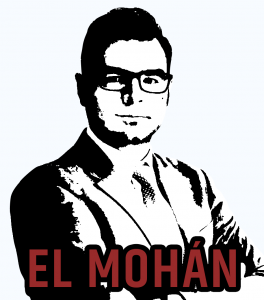 The documentary includes the voices of politicians who opposed the peace agreement with the FARC, namely former president Álvaro Uribe and Former Interior Minister Fernando Londoño. It shows in the words of Uribe and Londoño how little they wanted that the government and the FARC come to an understanding, how strongly they felt that the government was being too lenient with the FARC, and how petty their criticism of Santos was during this time. In the trailer, they are called the enemies of the agreement.
The documentary includes the voices of politicians who opposed the peace agreement with the FARC, namely former president Álvaro Uribe and Former Interior Minister Fernando Londoño. It shows in the words of Uribe and Londoño how little they wanted that the government and the FARC come to an understanding, how strongly they felt that the government was being too lenient with the FARC, and how petty their criticism of Santos was during this time. In the trailer, they are called the enemies of the agreement.
That not-so-subtle phrase displayed in the trailer put the director in hot water. Uribe and Londoño actively campaigned to get the documentary removed from theaters nationwide. They nearly succeeded, as Cine Colombia president Munir Falah flinched when uribistas frantically harassed him on social media to do away with the film. For a few hours the Cine Colombia website declined to sell tickets to the documentary. In a radio interview, Falah suggested that the company had the right to show or pull any film it had the rights to, furthering the speculation that Uribe and Londoño were able to put an end to the documentary before its premiere.
Srs Cine Colombia:
Faltan uds a la objetividad al facilitar que nos acusen al dr Fernando Londoño y a mi persona d enemigos de la paz.
Cuando el No ganó el plebiscito propusimos modificar los acuerdos, no eliminarlos.
El Gbno desconoció el plebiscito en afrenta democrática.
— Álvaro Uribe Vélez (@AlvaroUribeVel) 27 November 2018
Get ready for a fight
Uribe and Londoño were not expecting pushback. They were wrong. They had unleashed a twitter frenzy. Within five hours of Falah’s apparent decision to cancel screenings, an official press release from Cine Colombia suggested that the company had never pulled the documentary from screening and that any accusation of censorship was a complete and total fabrication.
Comedians, politicians, cartoonists, public advocates, victims, and ordinary citizens of all sorts rallied behind the film – or behind the trailer at least, as few had been able to see it. They refused to be told what they could or could not see by former President Uribe and other members of his party.
— matador (@matadoreltiempo) 28 November 2018
I’m fortunate enough to know the director and was able to attend two screenings in Bogotá. They were completely sold out. People were moved by the documentary and what it relayed. It seemed that the move by Uribe and Londoño had backfired as it had given the documentary greater political weight. That seemed like a positive thing.
I told Álvaro Jimenez, executive producer of La Negociación, that Uribe´s veto probably gave the documentary plenty of press and it would ultimately signal that more people would see the documentary. Although he agreed that more people turned out to watch the documentary than they otherwise had, it was filled with people who already supported the agreement. The idea, he said, was for people who were against the peace agreement, folks behind the “No” vote to watch the film too, for the documentary to invite them to reflection. Instead, the controversy surrounding the documentary further polarized the screenings. Made the film one more apt for supporters of the peace agreement rather than its detractors.
The documentary was an attempt to show that making peace is harder than making war, all the while the controversy surrounding it was a case in point. It is easier to campaign against the documentary being shown, than watching the documentary and face hard truths that may make one reconsider long-held views.
Takeaways
Perhaps the greatest need for many Colombians following the peace agreement is to know the truth behind what happened. Not only what happened during the four years of the negotiations, which the documentary provides magnificent insights to, but what happened during the 52 years of war.
I am aware of the shortcomings of the peace agreement between the government and the FARC. But I am in awe of the ability of enemies to sit in front of each other and talk. General Jorge Mora suggests conflicts rarely end in the battlefield, I believe he is right.
Javier Flores y Jorge Mora#ExtiendanLaNegociacion https://t.co/Wvev2G13rG
— La Negociacion Documental (@La_Negociacion) 2 December 2018
The scene in the documentary that struck me most was the following: After the failure of the plebiscite the delegations returned to Cuba to make adjustments to the agreement. Retired General Mora, one of the military’s most successful commanders, informally meets Iván Marquez, the head of the FARC delegation, for small talk. He hands over a piece of paper to Marquez. Marquez, surprised, looks at Mora and says, “Are you gifting this to me? I believe that in four years this is the first time you have shown me such a gesture.” Mora looks back at Marquez and says, “After four years, a part of you stays on that table.”
I have no idea what the paper was. If it was consequential or not. But it struck me that that is exactly what makes up peace. Gestures among enemies who find common ground. Gestures among countrymen who are resolute in a common purpose, to stop the killing. Gestures among people.
Sergio Guzmán is the Director of Colombia Risk Analysis, a political risk consulting firm based in Bogotá. Follow him on twitter @serguzes and @ColombiaRisk
This opinion column is intended as a space to discuss some of the most pressing issues faced by Colombia and the region in these uncertain times. All opinions and content are solely the opinion of the author and do not represent the viewpoints of The Bogotá Post.
*El Mohán is a Colombian mythological figure. He is described as a hairy humanoid figure associated with natural forces such as great rivers and the mysteries lying within the forests. It is said, El Mohán was a shaman who had an anticipated vision of the arrival of the Spanish conquerors and the terrors they brought along.

